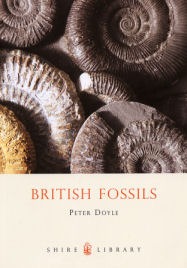By David N Thomas and David G Bowers The extent to which our planet is covered by oceans and seas (about 70%), and the increasing concern that right-minded people have about climate change, means that there is a both a desire and an urgent need…
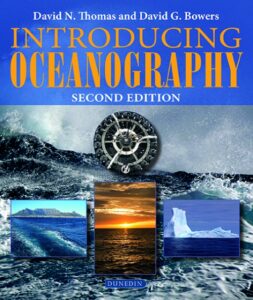

By David N Thomas and David G Bowers The extent to which our planet is covered by oceans and seas (about 70%), and the increasing concern that right-minded people have about climate change, means that there is a both a desire and an urgent need…

This is one of the oldest of the GA’s guides and is currently in its third edition (the first having been published in 1957 and the second in 1972). Although there have been changes in classification and so on, the general exposures are largely as good as they used to be – or they were the last time I went!

This is a new guide in Dunedin’s ‘Introducing …’ range of books, covering the branch of geology that studies rock layers (strata) and layering (stratification), primarily in sedimentary rocks, but also layered igneous rocks. In this way, it is intended for students and amateur geologist, rather than the academic earth scientist.
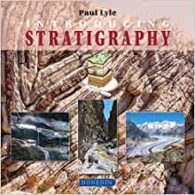
I have to admit that I hadn’t heard of ‘hydrogeology’ before, but I should have. Hydrogeology is an important and vibrant sub-set of geological science, dealing with the distribution and movement of water –groundwater – in the Earth’s soil and rocks. Groundwater transport is one part of the overall hydrological cycle in which water is transferred by evaporation from the oceans and seas into the atmosphere.
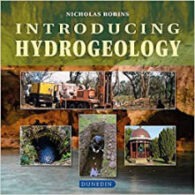
I like fossils, but it is always nice to have a brief but informative guide to the actual science behind one’s finds. And this Dunedin guide certainly fits the bill for amateurs and undergraduates alike.
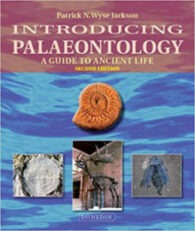
This book would seem to be the follow up to the well-received A History of Life in 100 Fossils. However, this time, this glossy hardback tells the story of plants on earth using significant fossils that are, for the most part, kept at the Natural History Museum in London. Like that other book, it is set out in a simple format, in which a couple of sides of text are used to describe a full page colour photograph of the fossil in question.
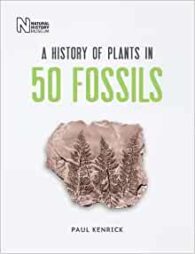
I really like the ‘Introducing ….’ series publish by Dunedin Academic Press, as you will have ascertained, if you have read the many reviews I have included in this magazine. This second edition of Introducing Sedimentology by Stuart Jones updates the version I reviewed a while ago (see Book review: Introducing Sedimentology, by Stuart Jones), and I found it equally enjoyable.
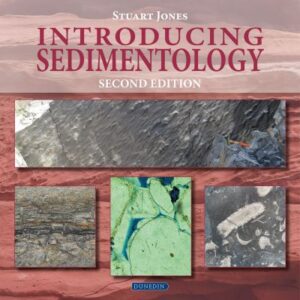
Trenton Holliday’s excellent book, tells the story of Cro-Magnon people in the context of recent scientific advances. However, while it does not shy away from complex scientific issues, the book is written with a light, understandable touch.
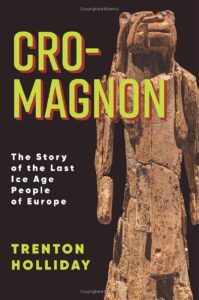
The is a second edition of Prof John Cope’s excellent geological guide to the Dorset coast for the Geologists’ Association. It is slightly shorter than the first edition, with some minor corrections and some of the figures revised, together with new photographs. It also now includes the huge quantity of data amassed over last few decades during the hydrocarbon exploration work in the county.
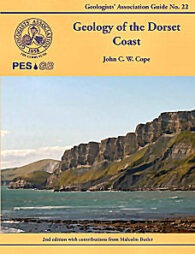
Nebraska has an excellent geological record, which is celebrated by some fine mosaics at the Nebraska State Capitol. When the building was being constructed, and at the request of Prof Hartley Burr Alexander of the Philosophy Department and from drawings by a colleague, the artist, Hildreth Meière, was asked to create a series of mosaics. These are now set out on the floor of the rotunda for all to see.
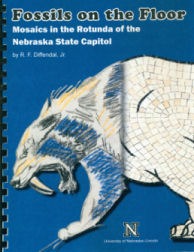
Dunedin Academic Press has once again added a title to its series of introductions to scientific subjects. This one is a short introduction to an essential subject to any budding geologist (essential, because, as the author points out, 70% of the rocks on the Earth’s service are sedimentary in origin and are of the utmost economic importance to all of us.

In these times, when the classic discipline of palaeontology is diminishing, there is a demanding need to inspire the next generation of palaeontologists – and perhaps also to make this field of scientific research more approachable. Otherwise, we are in the risk of losing generations of knowhow and a great tradition of studying time, through the evolution of life.
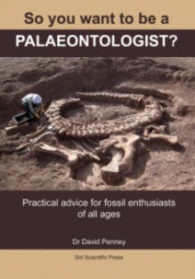
This is an interesting little booklet and very much a new departure for the Palaeontological Association. Rather than covering specific fossils, it contains colourful, detailed, artistic illustrations, accompanied by concise explanatory text by palaeoartist, James McKay.
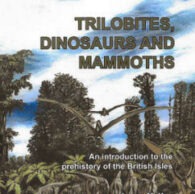
I remember reading and enjoying this book when the first edition came out many years ago. I am also a keen hillwalker and have stood on top of many of the Scottish mountains referred to in the text. In fact, I particularly enjoyed climbing Ben More on the island of Mull, which I remember reading was the last volcano in northwest Europe.
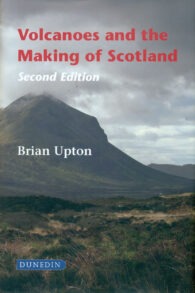
I have reviewed some excellent previous guides in this series (Iceland: Classic Geology in Europe 3), but this one is closer to home and covers an area that I have fond memories of from my Munro-bagging days. This is more a companion guide for those walking in the Highlands, especially those on geological field trips.
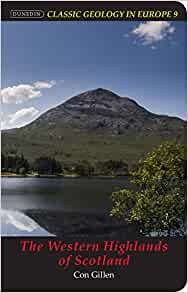
William Boyd Dawkins is an immensely fascinating character, who dominated British geology during his time, and yet is mostly forgotten today. He received a professorship and a knighthood, along with many top awards, and yet Mark Wright, in this excellent biography, describes him as “a liar and probably a cheat”.
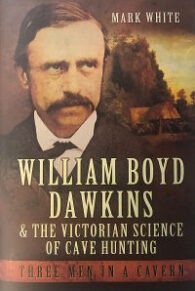
Almeria is a province in southeast Spain, situated in the furthest southeast part of the Iberian Peninsula. And it is a classic area for southern European and Mediterranean Neogene and Quaternary geology. In fact, it is not far north of the southern boundary of the European tectonic plate and, as a result, has been profoundly affected by the interaction of this and the African plate.
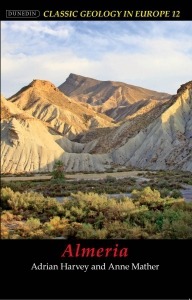
This is a guide to the collection, preservation and display of fossils from more than 50 locations in the UK. It is unashamedly based on the UK fossils format, but obviously, rather than being an online resource, it is a pocket sized book to be taken and read on site.
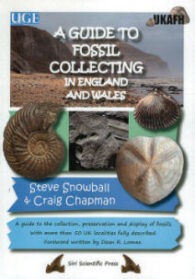
Those of you who have read a few of my book reviews will know that I love geo-guides to small geographical areas, rather than just the big geological scientific issues. In fact, there are lots of good UK guides like this one, to areas such as Dorset and Yorkshire, and many areas of Scotland and Wales, for example. And this is another excellent example of that genre.
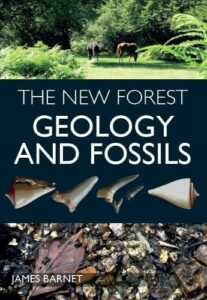
As a former ‘Munro bagger’ and now keen geologist, this book combines two of my favourite pastimes. While the body is not quite so willing as before, the ability to read about the geology of some of my favourite Scottish walks is an absolute pleasure.

For anyone like me who finds the immensity of geological time (‘deep time’) both fascinating and fundamentally difficult – both emotionally and intellectually – this is a great book. Paul Lyle has written it for environmentalists and policy makers to help them explain their concerns and decisions more clearly in the context of geological time, but these are not the only people who should read it.
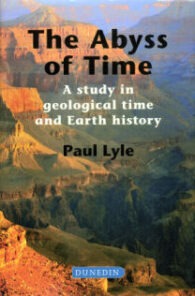
Normally, I wouldn’t be interested in semi-precious stones and other pretty things. Personally, I prefer grubbing around in the dirt, perhaps for those far more beautiful, elusive and perfectly formed Cretaceous terebratulids or Silurian trilobites. However, some semi-precious stones have the advantage of also providing a tangible link to the ancient history of life that is so fascinating.
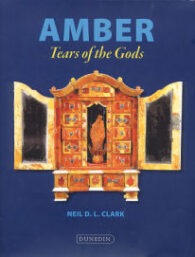
I know this looks first and foremost like a coffee table book, but what a picture and coffee table book! And, unlike such books, the undoubtedly chatty text is well worth reading. This is a great book for those who love palaeontology.
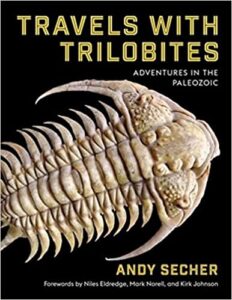
There are only a few good books on the London Clay and its fossils, but this little guide from the Geologists’ Association is a good start for beginners, children and teenagers. Rockwatch, which published this guide, is the national geology club for young people, the junior club of the GA. Having said that, this guide does not dumb down the information it contains.
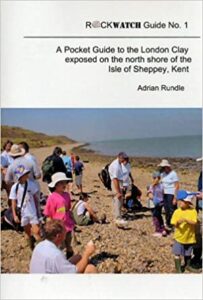
The fossil bearing rocks of the British Isles contain the remains of life from the last 2,900Ma and the UK is seen by many as the cradle of modern geology. With this is mind and using a geological map of Britain, palaeontologist Peter Doyle offers a comprehensive guide to UK fossils.
